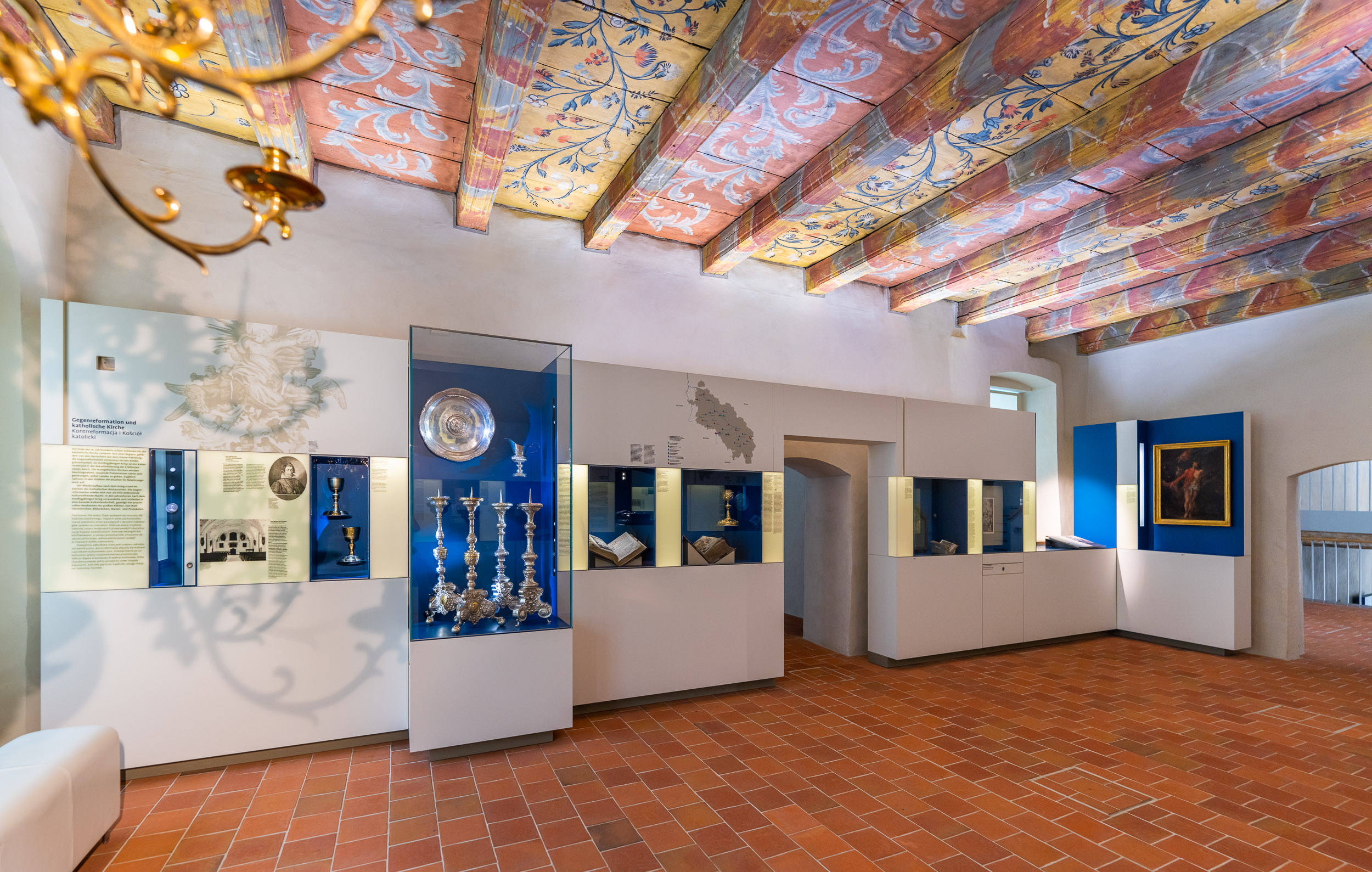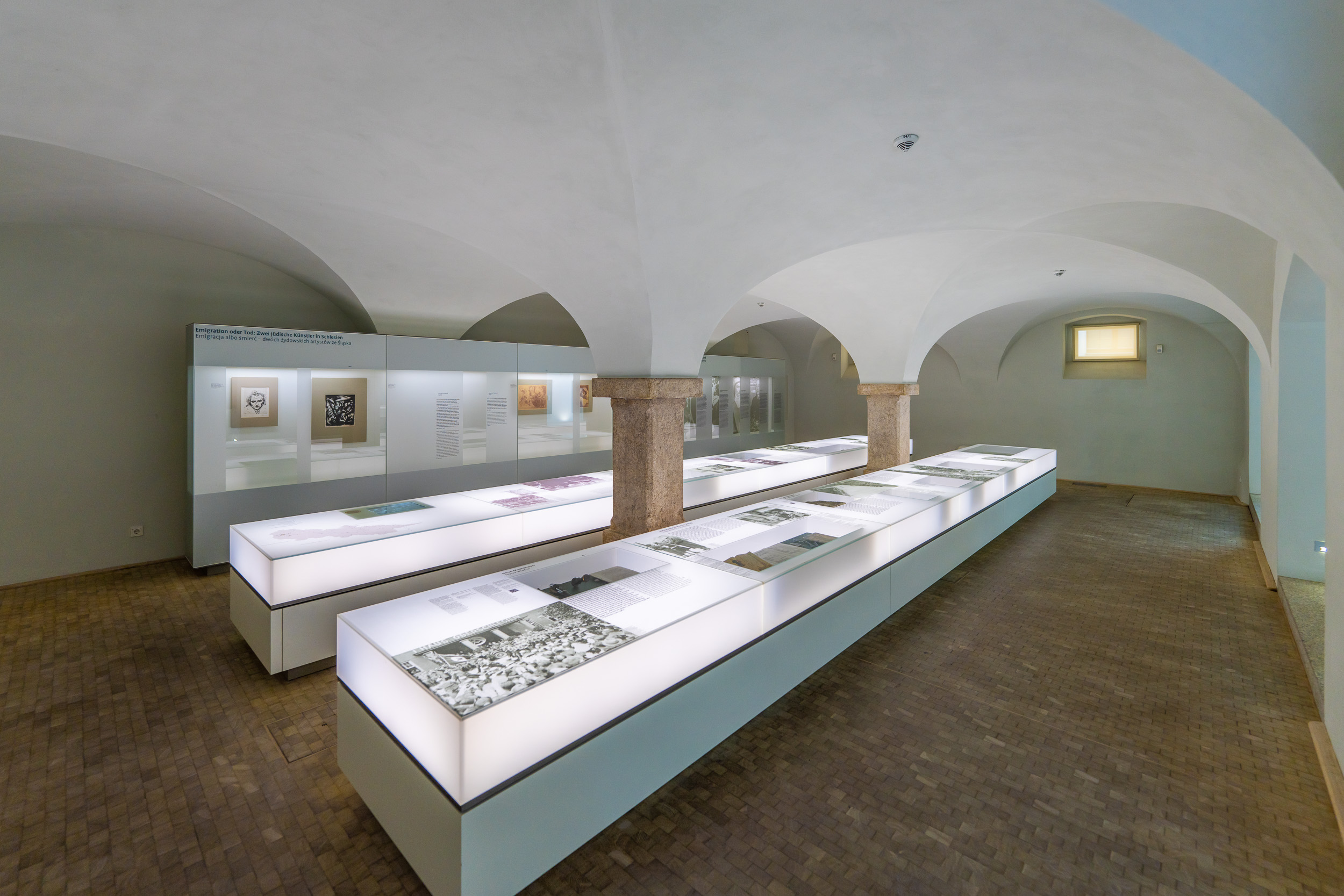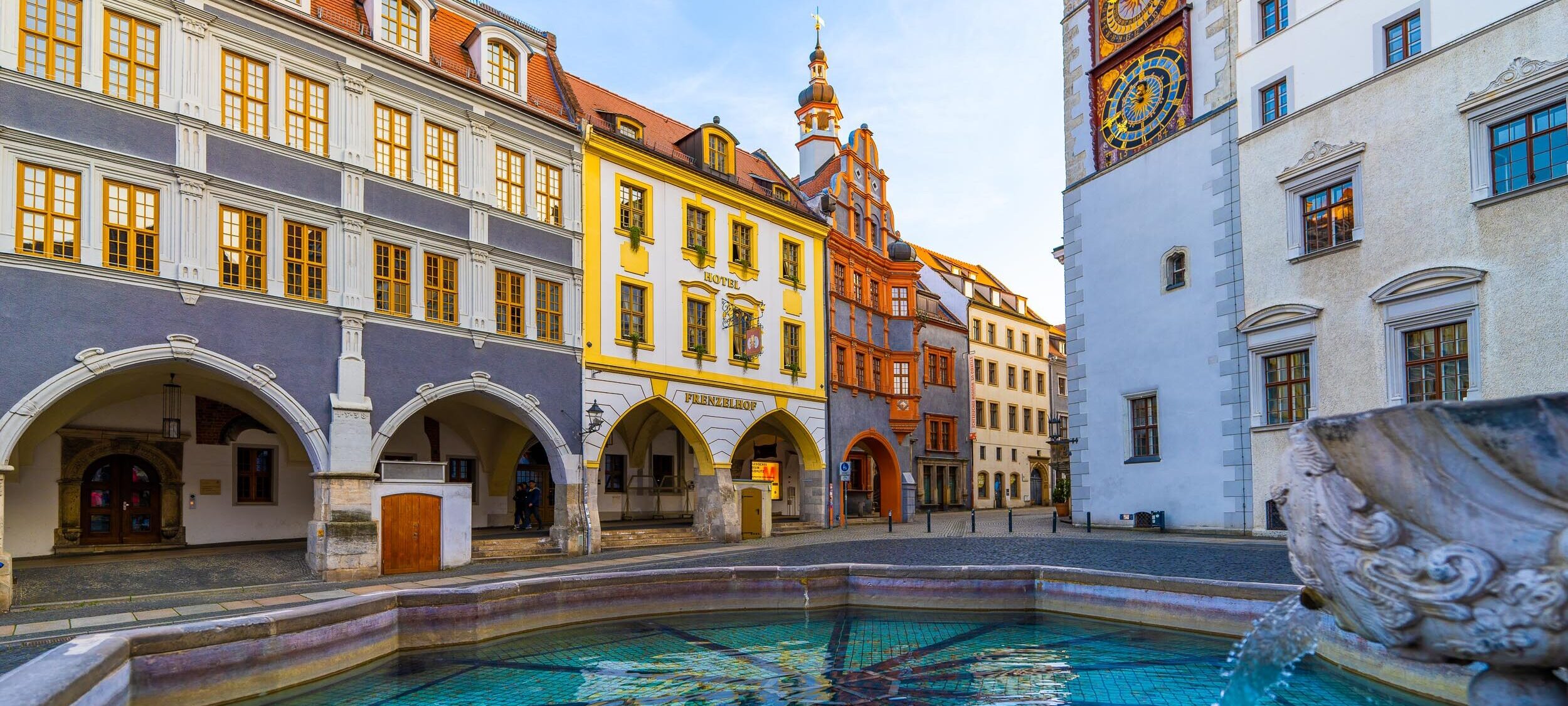
Dispute between the denominations
Photographs
3D Models
Gigapixel
Gigapanoramas
Reformation and Counter-Reformation
The unity of the church broke down in the 16th century. The Reformation and Counter-Reformation, the bitterly fought conflict between Protestants and Catholics, characterised this period in Silesia. Almost all of the objects on display in Room 4 under a splendidly painted Baroque ceiling bear witness to these power struggles.
Around 1500, the new intellectual movement of humanism also heralded a cultural upheaval in Silesia and prepared the ground for the emergence and spread of the Reformation. Martin Luther’s teachings soon caught on among the bourgeoisie and also found influential supporters among the Silesian princes. By the end of the century, three quarters of Silesia’s parishes had become Lutheran.
At the end of the 16th century, Silesia seemed lost to the Catholic Church. Only now did the Counter-Reformation, supported by the rulers of the House of Habsburg, begin to make up for lost ground. During the Thirty Years’ War, Emperor Ferdinand II enforced the re-Catholicisation of the hereditary principalities. The Protestant churches were confiscated, the clergy were driven out of office and thousands of Protestants were forced to leave the country. At the same time, the Catholic Jesuits began their work of conversion in the cities.
Reconstruction after the war was characterised by Catholic restoration. The Counter-Reformation now proved to be a significant cultural force. Silesia was transformed into a Baroque cultural landscape, characterised by magnificent monasteries, pilgrimage churches, wayside shrines, Marian and plague columns.
A concession to the Protestant Silesians were the three Protestant “peace churches”, which were built at the gates of Glogau, Jauer and Schweidnitz. Six “churches of mercy” were added in 1707.
See similar attractions!
On a 2000 m2 exhibition space, visitors can explore approximately 1000 exhibits from the history of Silesian culture.
)
)
)
)